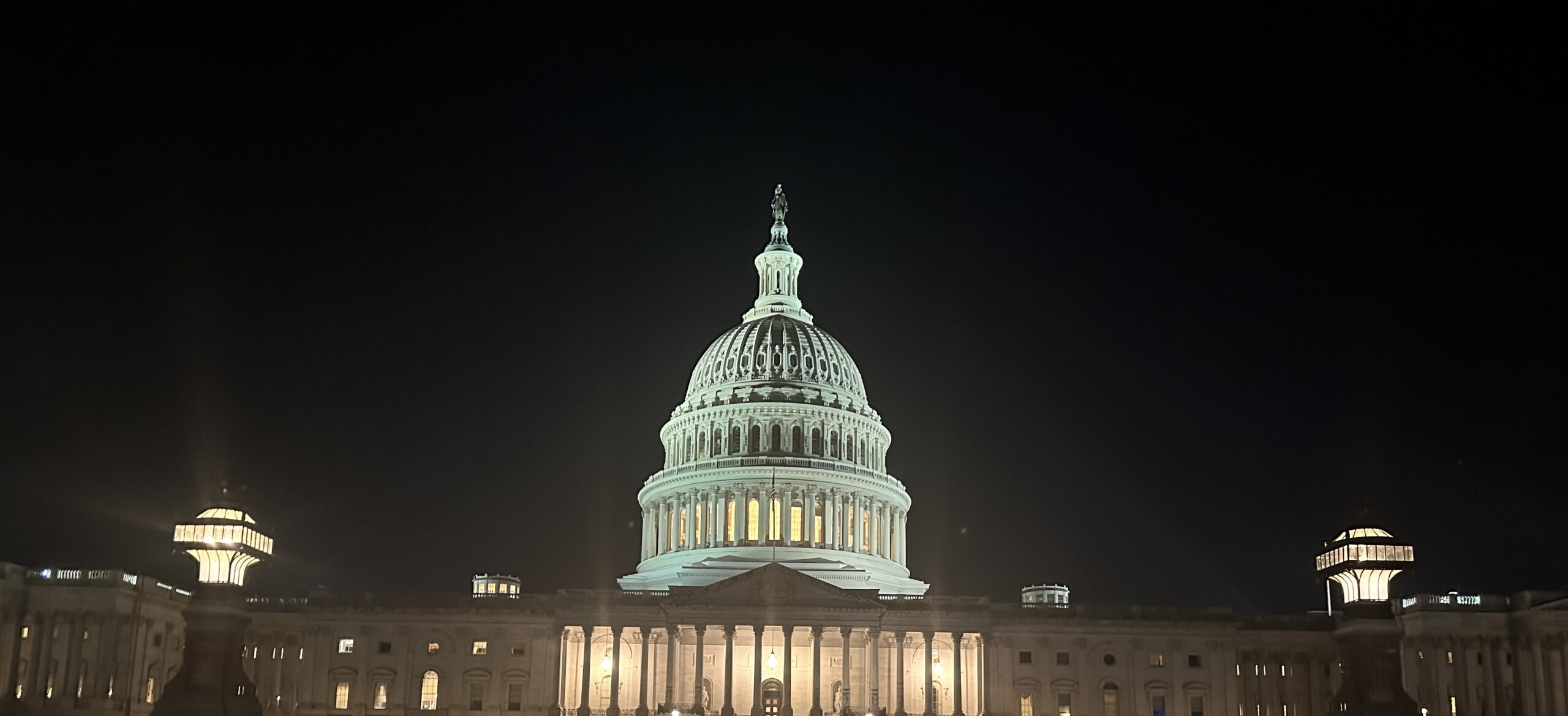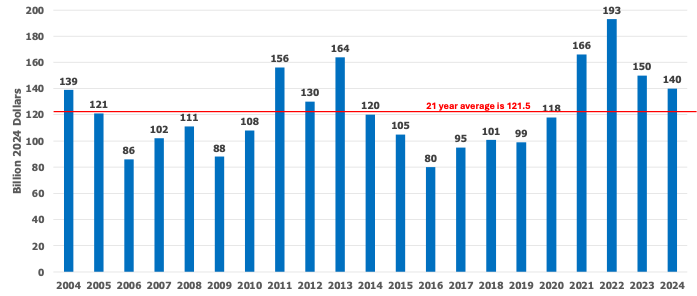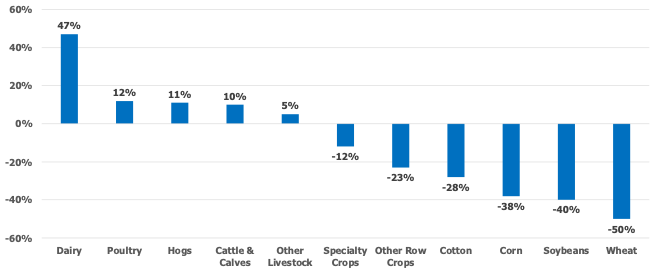Recent articles in Southern Ag Today have detailed the financial stress that Southern crop producers are having to endure, although the problems are not unique to the South. In economics, we talk about the “cost price squeeze” that is created by declining commodity prices and high input costs. Our work at the Agricultural and Food Policy Center (AFPC) at Texas A&M University – with roughly 575 individual producers from across the country that work with us on 90-plus crop, livestock, and dairy representative farms – has given us a good feel for the relative costs of production and profitability across the country. Those 575 producers are some of the very best from all regions and commodity types. They also know that working with us provides them a voice in the policy world they would not otherwise have. Because of this, I often get calls and emails letting me know when pressure is mounting. In the last three months, there has been a steady stream of calls and emails saying that this is the worst year they have ever had and getting financing for next year has been incredibly difficult.
I have heard from some that if it wasn’t for their lender including an estimated payment from the FARM Act, they would not have been refinanced…which is troublesome to say the least. Why? Neither the FARM Act nor any other disaster/economic aid has been moved forward by Congress. Others have commented that they are having to sell land to pay off carryover debt to get their 2025 financing. All are saying that without pledging their land as collateral, operating loans for next year would not be happening. Some might say this is business as usual but consider this: the 2025 crop year is projected to be worse than 2024 by the Food and Agricultural Policy Research Institute (FAPRI) at the University of Missouri, USDA, and our own recent projections for our representative farms.
Without getting into doomsday scenarios, I just ask the reader to consider the question that I keep getting asked: why should we continue to risk our financial health and continue to see our net worth evaporate when Congress can’t get their act together enough to pass much needed disaster/economic assistance that will help in the short-term or a new farm bill for the longer term? My answer to that question is one of hope more than fact, but I am very hopeful that Congress will act decisively and soon.








